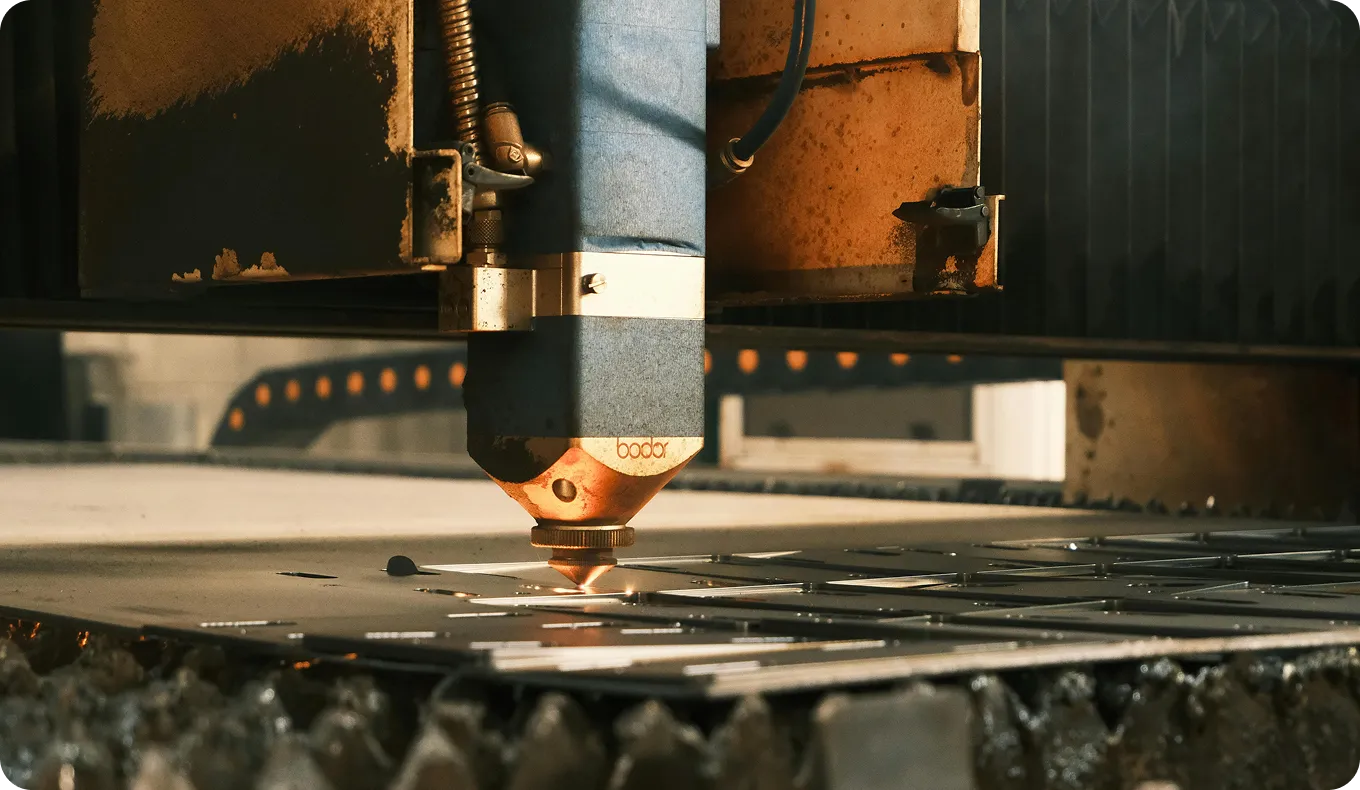Diffusion Models
Discover how diffusion models revolutionize generative AI by creating realistic images, videos, and data with unmatched detail and stability.
Diffusion models are a class of generative models that have become a cornerstone of modern generative AI. They are designed to create new data, such as images or sounds, that is similar to the data they were trained on. The core idea is inspired by thermodynamics. The model learns to reverse a process of gradually adding noise to an image until it becomes pure static. By learning this "denoising" process, the model can start with random noise and progressively refine it into a coherent, high-quality sample. This step-by-step refinement process is key to their ability to generate highly detailed and realistic outputs.
How Do Diffusion Models Work?
The process behind diffusion models involves two main stages:
- Forward Process (Diffusion): In this stage, a clear image is systematically degraded by adding a small amount of Gaussian noise over many steps. This continues until the image is indistinguishable from pure noise. This forward process is fixed and does not involve any learning; it simply provides a target for the model to learn to reverse.
- Reverse Process (Denoising): This is where the learning happens. A neural network is trained to take a noisy image from the forward process and predict the noise that was added in the previous step. By repeatedly subtracting this predicted noise, the model can start with a completely random image (pure noise) and gradually transform it back into a clean, clear image. This learned denoising process is what allows the model to generate new data from scratch. The foundational paper, "Denoising Diffusion Probabilistic Models," laid much of the groundwork for this approach.
Diffusion Models Vs. Other Generative Models
Diffusion models differ significantly from other popular generative approaches like Generative Adversarial Networks (GANs).
- Training Stability: Diffusion models typically have a more stable training process compared to GANs. GANs involve a complex adversarial game between a generator and a discriminator, which can sometimes be difficult to balance and may fail to converge.
- Sample Quality and Diversity: While both can produce high-quality results, diffusion models often excel at generating highly diverse and photorealistic images, sometimes outperforming GANs on certain benchmarks. This quality, however, can come at the cost of higher inference latency.
- Inference Speed: Traditionally, diffusion models are slower at generating samples because they require many iterative denoising steps. In contrast, GANs can generate a sample in a single forward pass. However, active research and techniques like knowledge distillation are rapidly closing this speed gap.
Real-World Applications
Diffusion models are powering a new wave of creativity and innovation across various fields:
- High-Fidelity Image Generation: This is the most well-known application. Models developed by companies like Stability AI and OpenAI can create stunningly realistic and artistic images from simple text prompts. Prominent examples include Stable Diffusion, DALL-E 3, Midjourney, and Google's Imagen. These tools have transformed digital art and content creation.
- Image Editing and Inpainting: They are not just for creating images from scratch. Diffusion models can intelligently modify existing images based on instructions, such as adding or removing objects, changing artistic styles, or filling in missing parts of a photo (inpainting). Tools like Adobe Firefly leverage these capabilities.
- Audio and Video Synthesis: The principles of diffusion are also applied to other data types. Models like AudioLDM can generate realistic speech, music, and sound effects, while models like OpenAI's Sora are pushing the boundaries of text-to-video generation.
- Data Augmentation: In computer vision, diffusion models can be used to generate synthetic training data. This is particularly useful for improving the robustness of models like Ultralytics YOLO for tasks such as object detection or image segmentation, especially when real-world data is scarce.







.webp)
